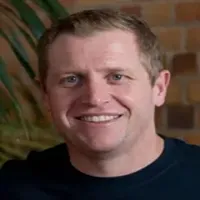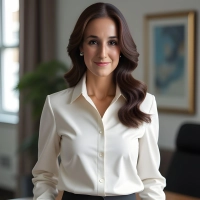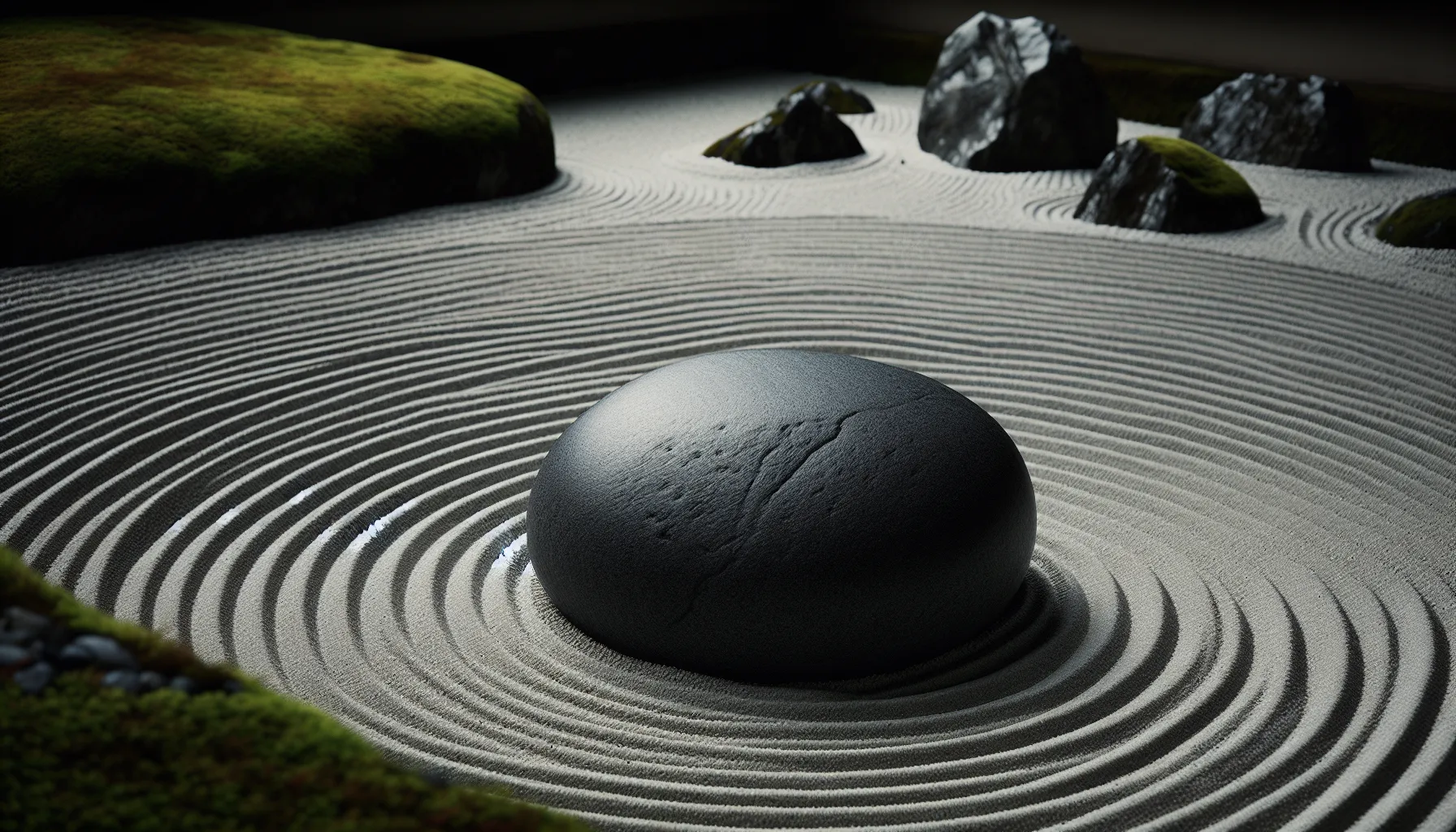Maintaining work-life balance is a crucial challenge for CEOs in today’s fast-paced business world. This article presents practical mindfulness techniques, drawing on insights from industry experts, to help executives stay present and achieve equilibrium. From creating transition rituals to embracing stillness, these strategies offer CEOs effective tools for disconnecting from work and engaging fully in their personal lives.
- Create a Transition Ritual for Work-Life Balance
- Mental Reset Technique for CEOs
- Embrace Stillness to Disconnect from Work
- Engage Senses to Shift from Work Mode
- Practice Mental Handoff for Present-Moment Focus
- Implement Deliberate Transition Practices as CEO
- Use Focused Breathing in Relaxation Spaces
- Gratitude Meditation Reframes Work-Life Balance
- Structure Personal Time with End-of-Day Ritual
- Set Phone Boundaries During Leisure Activities
- Use Calendar and Flowchart for Work-Life Separation
- Engage in Hobbies to Disengage from Work
- Block Distracting Apps for Mindful Leisure Time
- Close Workday with Team Coffee Ritual
Create a Transition Ritual for Work-Life Balance
Staying present outside of work is something I’ve had to be really intentional about—especially as a CEO, where your brain rarely shuts off. For me, it starts with boundaries and ends with grace. One mindfulness technique that helps me stay grounded is what I call a “transition ritual.” Before I leave the office or wrap up for the day, I take five minutes to jot down unfinished thoughts, priorities for the next day, and anything heavy that’s still on my mind. It’s like giving my brain permission to stop spinning.
Once I do that, I say a short prayer—something simple like “God, I did what I could today. Now I hand the rest to You.” That pause shifts my energy. Then when I step into my home, or I’m with my grandbabies, or I’ve got a glass of wine in hand with a friend—I allow myself to be there. No guilt. No running to check emails.
The space I create between roles—CEO and Melody the woman—makes all the difference. And I’ve learned that being present with people I love actually fuels me more than anything work-related ever could.
 Melody Stevens
Melody Stevens
Owner, Design On A Dime Interiors
Mental Reset Technique for CEOs
Staying present outside of work is definitely something I have had to be intentional about, especially with everything going on. It is easy for your mind to keep spinning on work problems long after you shut your laptop, but over time I learned that if I never switch off, the quality of my decisions and leadership drops fast.
One mindfulness technique that has helped me a lot is doing a mental reset at the end of each workday. Before I step away from my desk, I take five minutes to write down anything that feels unresolved. It could be tasks I did not finish, conversations I need to have, or ideas that popped up. Once it is on paper, I tell myself it is parked until tomorrow. It sounds simple, but giving my brain permission to let go makes a huge difference.
I have also learned that being fully present during leisure time makes me a better leader the next day. So I treat switching off as part of the job, not a luxury. It is about training yourself to respect rest in the same way you respect a critical meeting or deadline.
 Jamie Frew
Jamie Frew
CEO, Carepatron
Embrace Stillness to Disconnect from Work
As a CEO, it’s far too easy to let work seep into every corner of your life. I’ve learned that staying present—actually being where my feet are—requires some intentional habits. First, I physically close my office door at the end of the day. Not seeing my desk or what’s waiting for me helps me draw a clear mental line between “work” and “everything else.” I also drink my morning coffee outside—no laptop, no phone, just me, the sky, and the ocean breeze. And I walk. A lot. No podcasts, no phone calls—just movement and paying attention to what’s around me.
Interestingly enough, I used to count podcasts or business books as leisure. But at some point, I realized I was still in “input mode,” and my brain wasn’t actually relaxing. Now, I think of mindfulness as less of a technique and more of a commitment—to stillness, to quiet, to letting my mind catch up with my body. It’s not perfect, but it works. And that’s enough.
 Adriana Cowdin
Adriana Cowdin
CEO and Executive Coach, Be Bold Executive Coaching
Engage Senses to Shift from Work Mode
As someone who has spent years in the fast-paced world of eCommerce and 3PL logistics, I’ve learned that disconnecting is non-negotiable for sustained performance. One technique that has been transformative for me is what I call “sensory transitions.”
When I leave the office, I take five minutes to deliberately engage my senses in something completely unrelated to my business. I might listen to a favorite song with full attention, take a walk focusing exclusively on what I see and hear, or even savor a cup of coffee while noticing its aroma and taste. This simple practice signals to my brain that I’m switching contexts.
In our 3PL industry, we’re constantly managing complex logistics networks and solving fulfillment challenges for our partners. When my mind drifts to work during family time, I acknowledge the thought and then consciously redirect my attention back to what’s happening around me. I’ve found naming the specific concern helps—”That’s my inventory optimization worry”—before letting it go until my designated work time.
I’ve noticed that many eCommerce founders and 3PL operators struggle with similar challenges. They’re running operations that never truly “close,” with orders coming in 24/7. What has helped me is establishing clear communication protocols with my team—everyone knows when to reach me for true emergencies versus what can wait until morning.
The logistics world has taught me valuable lessons about efficiency that apply perfectly to mental focus. Just as we help businesses avoid scattered inventory across multiple warehouses, I’ve learned to avoid scattered attention across multiple concerns. Being fully present in each moment is ultimately the most efficient way to operate, both in business and in life.
Remember—it’s impossible to effectively solve tomorrow’s fulfillment challenges if you haven’t recharged your own systems today.
 Joe Spisak
Joe Spisak
CEO, Fulfill(dot)com
Practice Mental Handoff for Present-Moment Focus
As a founder and mom, staying present during downtime is something I actively work on—especially because my brain tends to default to planning, solving, or optimizing. One mindfulness technique that really helps me is what I call the “mental handoff.” Before leaving work, I write down anything on my mind—unfinished tasks, ideas, even worries—in a notebook or digital document. It’s a simple brain dump, but it gives my mind permission to let go because nothing is being forgotten.
Once I’ve externalized the mental clutter, I anchor myself with a grounding routine—usually something physical and sensory, like taking a walk with my son or stretching while listening to music. It pulls me out of future thinking and into the now.
The real shift came when I stopped ignoring work thoughts and gave them a space to live, just not in my head. That’s made it easier to be fully present, whether reading a book, cooking dinner, or simply taking a breath.
 Kristin Marquet
Kristin Marquet
Founder & Creative Director, Marquet Media
Implement Deliberate Transition Practices as CEO
Creating clear transition rituals between work and personal time has been transformative for my ability to maintain presence and mental clarity. As CEO of a national moving services platform, I developed a specific routine that signals to my brain when it’s time to shift focus away from business concerns.
My most effective technique is a simple but deliberate 15-minute transition practice when ending my workday. I write down the three most important priorities for tomorrow, which prevents the mental loop of carrying unresolved work issues into my evening.
This is followed by a brief mindfulness walk where I intentionally observe five specific details about my surroundings. This sensory focus exercise effectively breaks the cycle of work rumination and anchors me in the present moment.
What’s been most surprising is how this consistent transition ritual has improved both my leadership effectiveness and personal relationships.
By giving my mind permission to fully disengage from work, I return with fresher perspectives and better strategic thinking.
For business leaders facing constant connectivity, I’ve found that creating these deliberate mental boundaries actually enhances productivity rather than diminishing it, while allowing for the genuine presence that relationships require.
 Vidyadhar Garapati
Vidyadhar Garapati
CEO, Movers(dot)com
Use Focused Breathing in Relaxation Spaces
The demands of business often follow me into my personal time. Between managing operations, customer satisfaction, and the day-to-day decisions that come with running a successful business, it can be challenging to fully disconnect and embrace the relaxation I deserve. However, I’ve learned that in order to truly enjoy my time off and recharge, it’s essential to create boundaries between work and leisure and incorporate mindfulness techniques that help me stay grounded in the present moment.
One of the most effective mindfulness techniques I’ve found is focused breathing. Whether I’m soaking in the warmth of a hot tub, unwinding in a peaceful outdoor space, or simply enjoying a quiet evening with my family, taking a moment to focus on my breath can make all the difference. I use the 4-7-8 breathing technique: inhale for four counts, hold for seven, and exhale for eight. This simple practice helps slow my heart rate, calm my mind, and bring me back to the present, preventing me from getting caught up in work-related thoughts.
In addition to mindfulness practices, the physical environment plays a huge role in helping me stay present. As someone passionate about designing premium home leisure spaces, I know firsthand how important it is to have areas in your home dedicated to relaxation. By investing in high-quality outdoor furniture, saunas, and hot tubs, I’ve created spaces where I can truly unwind and disconnect from the workday. These spaces serve as reminders that it’s okay to take a break and prioritize self-care.
When I step into my backyard or enjoy a sauna session, I do so with the intention of fully experiencing those moments, whether it’s the feel of the warm water or the calm of a beautiful, well-designed patio. It’s about allowing yourself to be present and savor the luxury of true relaxation.
As a CEO, it’s easy to let work take over every aspect of life, but embracing mindfulness and creating spaces designed for relaxation are two key steps I take to ensure I stay grounded. By practicing focused breathing and investing in your home leisure space, you can better enjoy your downtime, recharge, and return to your professional life refreshed and ready to tackle whatever comes your way. Remember, relaxation is not a luxury—it’s a necessity for maintaining a balanced and successful lifestyle.
 Kyle Sawyer
Kyle Sawyer
Owner, Canadian Home Leisure
Gratitude Meditation Reframes Work-Life Balance
Our work is deeply personal and emotionally intense, and that can make it difficult to truly unplug. One thing that helps is practicing gratitude meditation. Every evening, I spend five minutes focusing on the good—my team, our clients’ courage, and the impact we’re making. It helps me reframe my mindset and release any heaviness I’ve carried from the day. Being mindful in this way reminds me why I do what I do while giving me the peace to enjoy life outside the office.
 Irwin Zalkin
Irwin Zalkin
Owner, Founder & Senior Partner, The Zalkin Law Firm P.C.
Structure Personal Time with End-of-Day Ritual
As the CEO of a cybersecurity company, I find it challenging to disconnect from work in today’s always-on digital world, so I rely on a structured approach to carve out personal time and set boundaries. I block off a specific evening each week on my calendar for “me time,” ensuring my phone is on silent mode to avoid interruptions from emails or calls, which allows me to fully unwind. A key practice that helps me stay grounded is a 15-minute end-of-day ritual where I review my day’s tasks, jot down priorities for tomorrow, and mentally close the loop, giving me peace of mind to relax. This mindfulness technique ensures I can step away from work knowing everything is organized, letting me be fully present during leisure time with a clear head.
 Sanjaya Kumar
Sanjaya Kumar
CEO, SureShield
Set Phone Boundaries During Leisure Activities
Staying present and in the moment can be very challenging when you are the CEO of an active, growing company. The two best ways I have found to do this are to set boundaries with my phone. When I am in a meeting, social setting, or playing a sport, I don’t allow myself to even see my phone. When I am at a hockey game with my friends, I simply don’t check my phone until intermission or at all until the game is over. My friends do the same thing because they also want time away from work and stress, and we go to the games together for that very reason. When I play tennis, my phone is in the pocket of my tennis bag with the notifications turned off, so I don’t even know if it rings or if I am getting new emails because I can’t see or hear it. I also don’t want to know, as I am focused on my tennis match or practice, and know that it takes full concentration if I want to win or get a good workout in.
 Ben Walker
Ben Walker
CEO, Ditto Transcripts
Use Calendar and Flowchart for Work-Life Separation
Dwelling on work can seem somewhat inevitable for anyone, especially for a CEO. I rely on calendars and clocks to keep me focused, then ask myself basic questions in the form of a flowchart. Is it time to be working? If the answer is no, I shift gears and do something else, like spending time with family, tackling chores, or exercising. Work will still be there, whether we like it or not, so if we don’t actively carve out time for other priorities, then we will never get anything else done. Lastly, having a spouse and kids is a sure-fire way to help me stay grounded and not always be working.
 Benjamin Farber
Benjamin Farber
President, Bristol Associates, Inc.
Engage in Hobbies to Disengage from Work
I like ensuring that I have hobbies as one tool. This means when I am done with work, I can dive into those activities. Currently, I am attending cooking school and setting up my garden. This really helps me to turn off and disengage from work-related stress.
I also do not rely on my husband for work problems. I like to keep that separate and allow us to be distinct individuals apart from our workplaces.
 Dielle Charon
Dielle Charon
Business Coach, For the 23%
Block Distracting Apps for Mindful Leisure Time
Our smartphones can pull us into a ton of distractions during our leisure time. I’ve been using the Pause Breathe Reflect app to help me block apps that pull me into endlessly scrolling so I have more time to stay grounded. Just mindfulness practices always help me get back on track when my mind wanders.
 Michael OBrien
Michael OBrien
Executive Coach, Speaker, Meditation Teacher, Peloton Executive Coaching
Close Workday with Team Coffee Ritual
What I really think is that presence starts with how you close the day, not just how you start it. Whenever I finish work, I head to the terrace or the playroom in our office, brew a fresh pot of coffee, and invite a few teammates to join. It has become a ritual—no laptops, no task talk, just casual conversations about life, music, random stories, or even silence.
That 15 to 20 minutes is my reset. It signals to my brain that the day is complete and it’s okay to let go. I’m not trying to be mindful through an app; I’m just being human with the people I work with.
Surprisingly, these moments have built stronger team chemistry too. It’s easy to forget that grounding yourself can also ground your culture. That coffee ritual has done more for my clarity than any productivity hack ever could.
 Sahil Gandhi
Sahil Gandhi
Brand Strategist, Brand Professor

